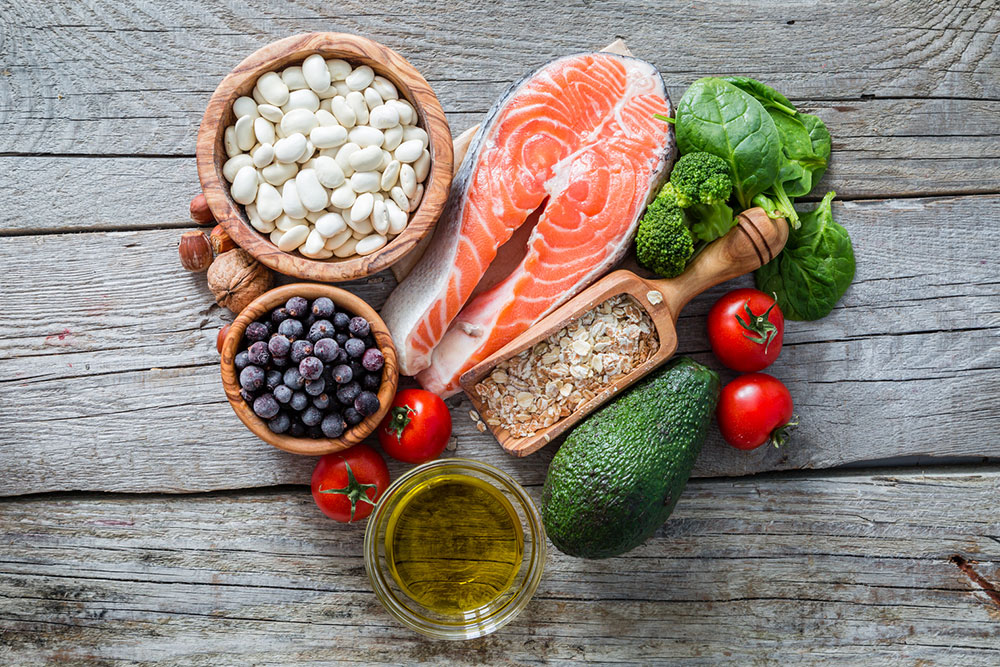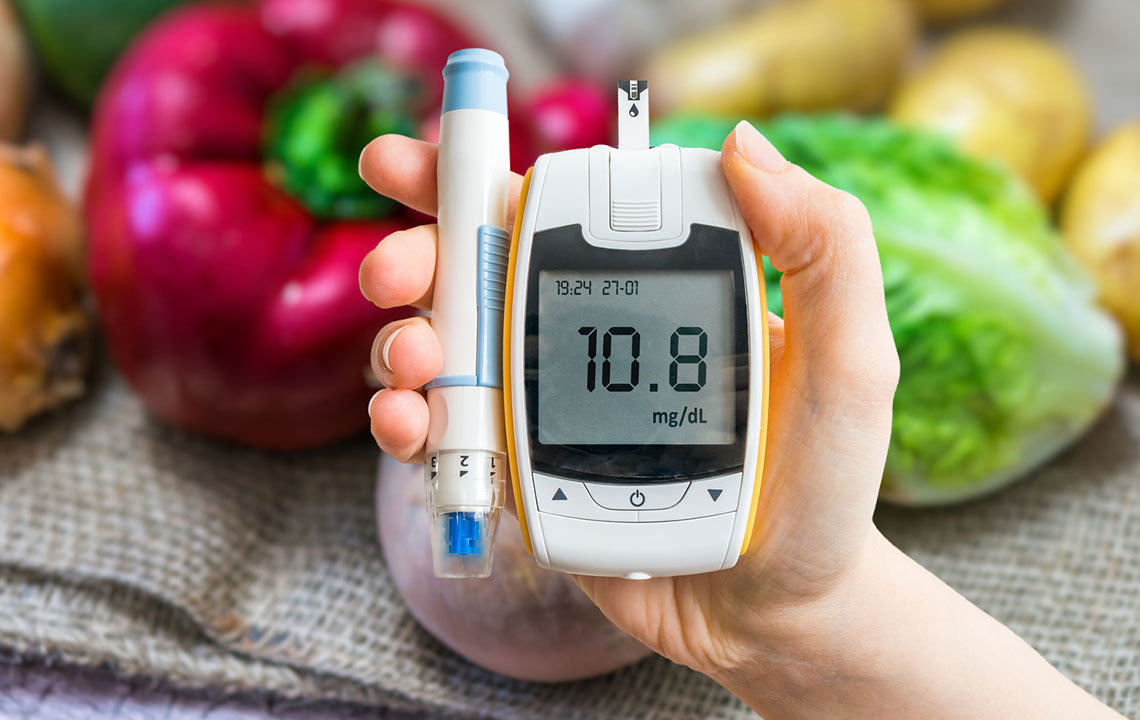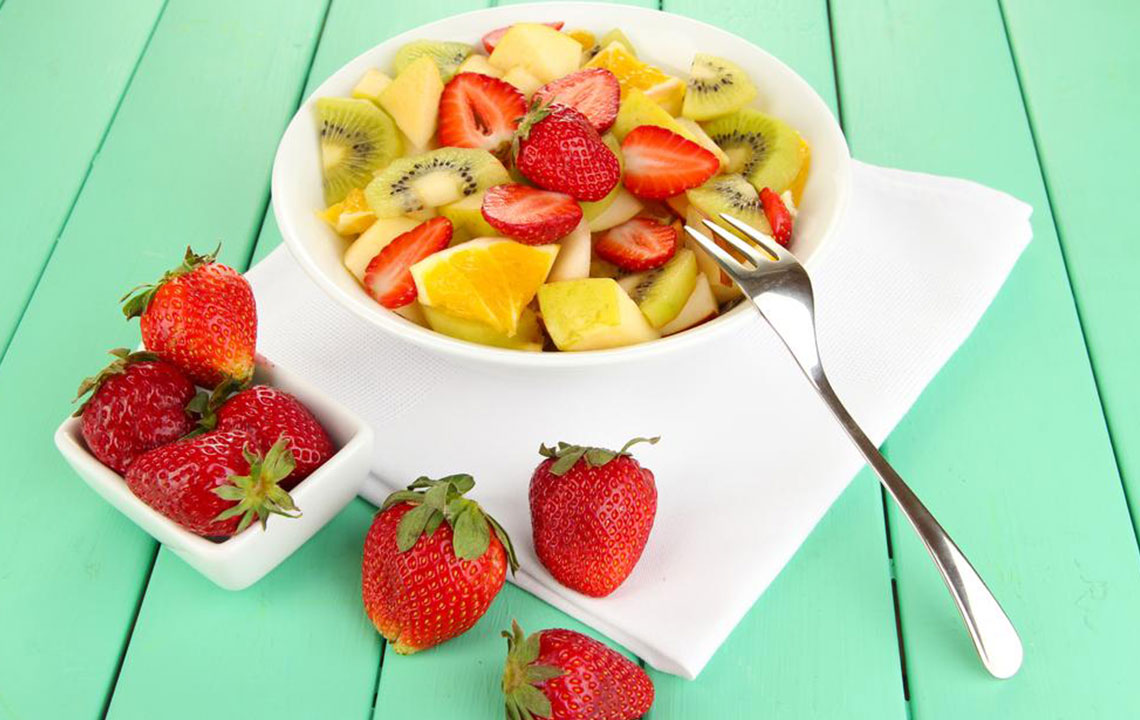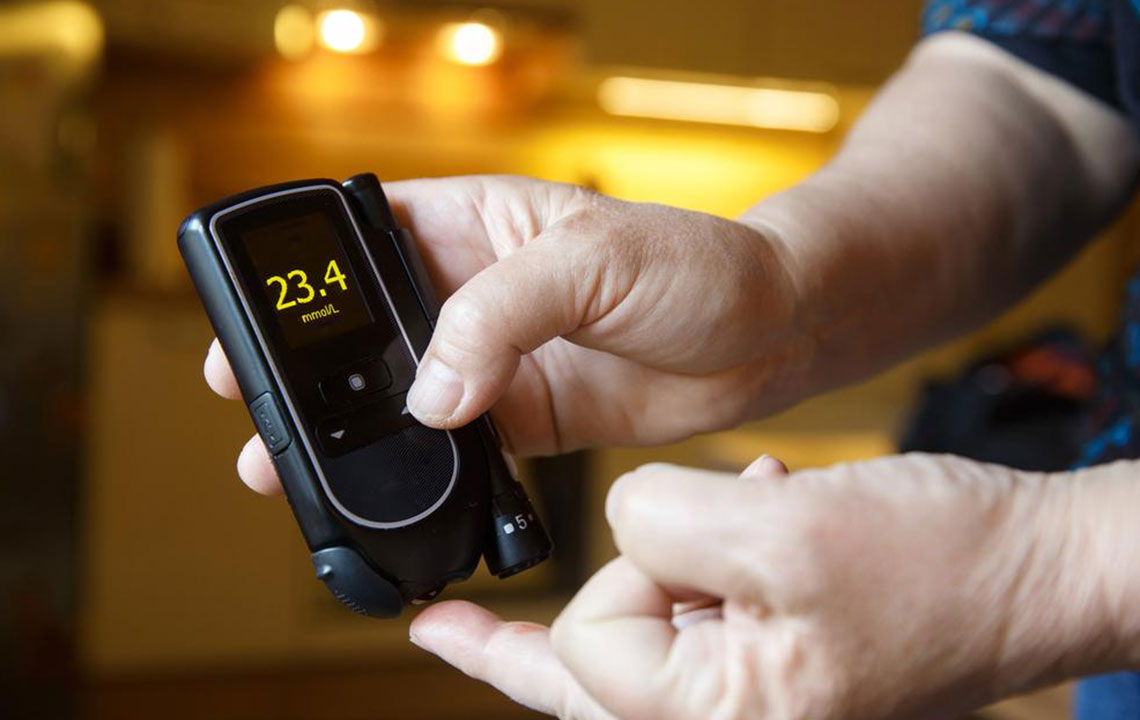Hidden Foods That Unexpectedly Raise Blood Sugar Levels and How to Avoid Them
This comprehensive article explores common hidden foods that can unexpectedly raise blood sugar levels. It offers practical tips on recognizing these foods, reading labels carefully, and choosing healthier alternatives to manage blood glucose effectively. Ideal for people with diabetes or those seeking better blood sugar control, the guide emphasizes awareness and mindful eating practices to maintain optimal health.

Hidden Foods That Unexpectedly Raise Blood Sugar Levels and How to Avoid Them
Managing blood sugar levels is a critical aspect of maintaining overall health, especially for individuals with diabetes or insulin resistance. While many may believe that enjoying snacks like cookies, chips, or sweet treats is harmless, the reality is that numerous everyday foods contain hidden ingredients that can cause significant spikes in blood glucose. These hidden sources of sugars and unhealthy fats often go unnoticed, making it essential to be vigilant about reading labels and understanding what ingredients contribute to blood sugar fluctuations.
In this comprehensive guide, we delve into some common yet deceptive foods that can subtly and unexpectedly elevate blood sugar levels. Recognizing these foods and making informed choices can help you maintain stable blood glucose, reduce the risk of complications, and support your overall health journey. Here, we expand on each of these foods, explain why they can be problematic, and provide tips on selecting healthier alternatives.
Nut Butters and Nut Spreads
Nut butters like peanut butter, almond butter, and cashew spread are often heralded as healthy, nutrient-dense, and versatile options. They are rich sources of healthy fats, proteins, vitamins, and minerals. Many people incorporate them into smoothies, spread on bread, or use them as snack toppings. Despite these benefits, most commercial nut butters on the market contain added sugars, hydrogenated oils, and preservatives to enhance flavor and texture. These added ingredients significantly diminish their healthfulness and can lead to unexpected blood sugar spikes, especially in individuals managing diabetes.
Serious label reading is vital. Look for natural or organic nut butters that list only nuts and perhaps a pinch of salt as ingredients. Unsweetened, minimally processed options ensure that you are consuming the wholesome fats and proteins without the harmful added sugars that can cause rapid increases in blood glucose levels. While natural nut butters still contain calories and fats, their benefits outweigh the risks when free from added sugars and unhealthy oils.
Plant-Based Milk Alternatives
Growing popularity of plant-based milk alternatives like almond milk, soy milk, coconut milk, and oat milk have made dairy-free options more accessible. These beverages are often chosen for lactose intolerance, vegan diets, or dietary variety. However, a common oversight is that many store-bought versions contain added sugars, flavorings, and stabilizers that increase their carbohydrate content and diminish their health benefits.
For individuals aiming to control blood sugar levels, selecting unsweetened, plain varieties of these milks is essential. Unsweetened plant milks contain fewer carbs—often less than one gram of sugar per serving—and contain no added sweeteners, making them much safer for blood sugar management. Always check the nutrition label and ingredient list closely, avoiding products with added sugars or artificial flavorings.
Flavored and Low-Fat Yogurt
Yogurt is widely regarded as a healthful food because of its probiotic content, protein, and calcium. Its reputation as a gut-friendly superfood makes it a popular choice for breakfast, snacks, or additions to smoothies. Nonetheless, flavored yogurts—especially those marketed as low-fat or “diet” varieties—tend to contain high levels of added sugars to enhance flavor and texture. These added sugars can outweigh the probiotic benefits and cause rapid blood sugar increases.
Even yogurts labeled with fruit flavors are often loaded with added sugars that overshadow the natural sweetness of fruit. To enjoy yogurt's health benefits without risking blood sugar spikes, choose plain, unsweetened Greek yogurt or natural yogurt. You can add fresh fruits, nuts, or seeds for flavor and texture without significantly increasing sugar content.
Granola, Breakfast Cereals, and Snack Bars
Granola is often perceived as a wholesome, fiber-rich breakfast option. However, many commercially available granola varieties contain high amounts of added sugars, syrups, and sweetening agents. These hidden sugars make granola a sugar-laden food that can cause sharp blood sugar spikes, especially if eaten in large portions.
Similarly, many breakfast cereals and snack bars marketed as healthy are laden with sugars, cheap fillers, and artificial additives. These foods may seem like convenient options but often have a high glycemic index, leading to rapid increases in blood glucose. To enjoy a healthier breakfast, opt for unsweetened or minimally processed granola, oatmeal, or cereals. Be mindful of portion sizes, and consider adding nuts and seeds for added fiber and protein to help stabilize blood sugar levels.
In summary, being aware of these hidden foods and their ingredients is key to maintaining healthy blood glucose levels. Always read nutrition labels carefully, choose minimally processed options, and prioritize whole foods over heavily processed products. Making these smart choices can not only help prevent unexpected blood sugar spikes but also contribute to overall health and wellbeing.





